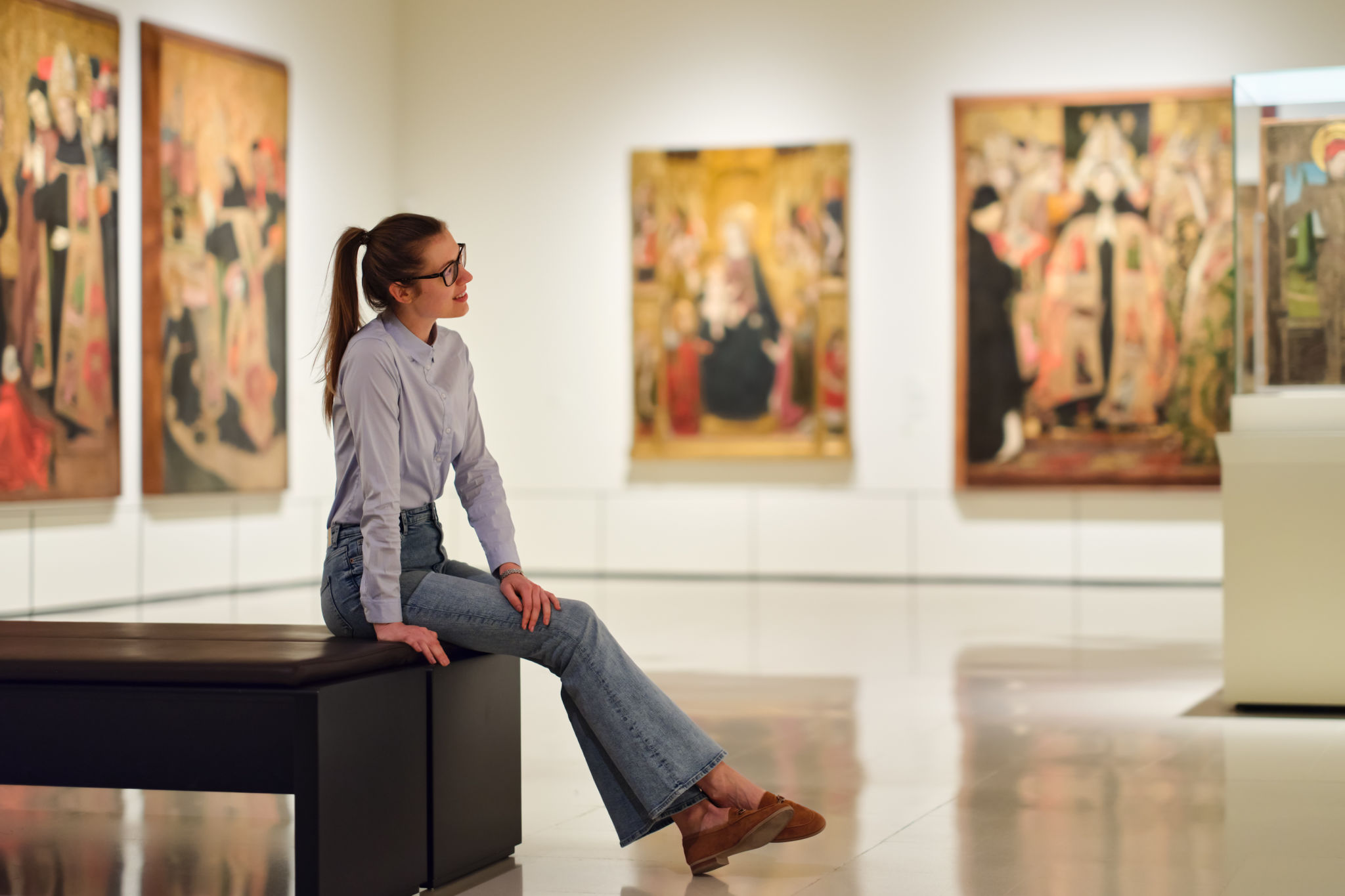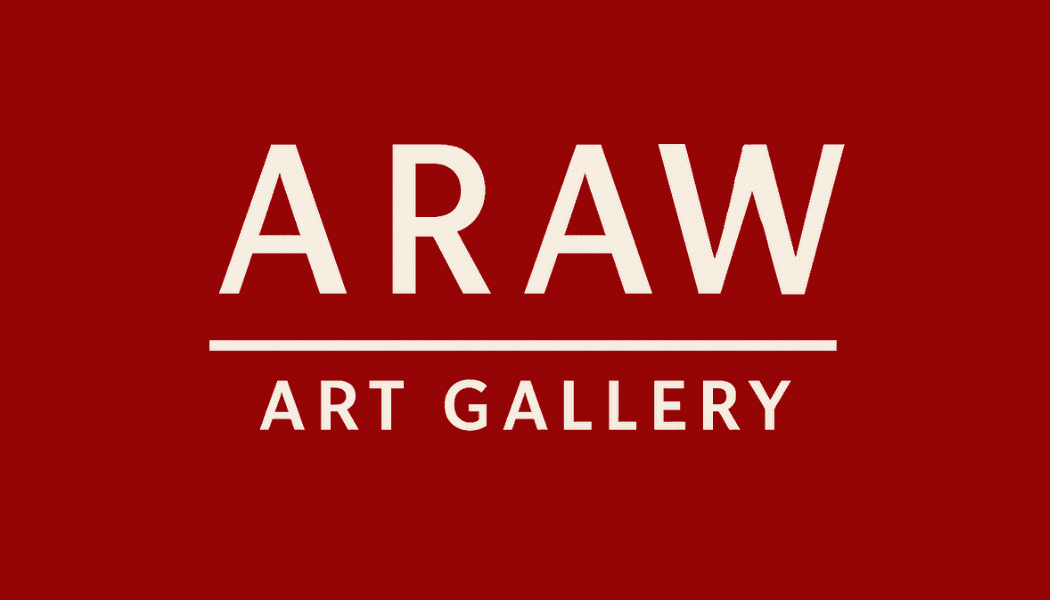How to Interpret Abstract Art: A Beginner's Guide
Understanding Abstract Art
Abstract art can be both intriguing and intimidating for those new to the art world. It breaks away from traditional representation, focusing instead on colors, shapes, and forms to convey meaning. Understanding abstract art requires an open mind and a willingness to explore beyond the visible.
One of the first steps in interpreting abstract art is to let go of the need for literal representation. Unlike realistic art, where images are recognizable, abstract art invites viewers to engage with their imagination and emotions. This can be challenging but also rewarding as it allows for personal interpretation.

Engage with the Artwork
When approaching an abstract piece, take a moment to simply observe. Allow yourself to absorb the colors, shapes, and textures without judgment. Consider the emotions or memories that these elements evoke. Abstract art is often about expression rather than depiction, so your initial reactions are a valuable part of the experience.
Try to engage with the artwork by asking yourself questions: What do I feel when I look at this piece? Are there specific elements that stand out? What might the artist have been feeling or thinking during its creation? These questions can guide you in forming a deeper connection with the artwork.
Research the Artist and Context
Understanding the background of an artist and the context in which a piece was created can greatly enhance your interpretation. Researching the artist's life, their influences, and the art movement they are associated with can provide insights into their work. Abstract artists often draw inspiration from personal experiences, political events, or philosophical ideas.

Additionally, consider the historical and cultural context of the artwork. The time period during which the piece was created can offer clues about its themes and intentions. For instance, abstract art movements such as Cubism or Expressionism have distinct characteristics that reflect their era's cultural landscape.
Explore Different Interpretations
Abstract art is subjective, meaning there are no right or wrong interpretations. It encourages viewers to explore a range of perspectives. Discussing your thoughts with others or reading critiques can open up new avenues of understanding. However, it’s crucial to remember that your personal interpretation is just as valid as anyone else's.
Try viewing the same piece multiple times or in different settings. Your perception may change over time as you encounter new experiences and gather more information about abstract art. This evolving relationship is part of what makes abstract art so dynamic and captivating.

Trust Your Instincts
Finally, trust your instincts when interpreting abstract art. Your emotional response is an integral part of the artwork’s impact. While it’s beneficial to learn about techniques and history, your personal connection to a piece is what truly matters. Embrace your interpretations and enjoy the unique journey that abstract art offers.
By following these steps, beginners can start to navigate the fascinating world of abstract art with confidence. Remember that each encounter with abstract art is an opportunity for exploration and self-discovery.
